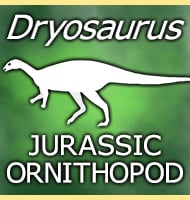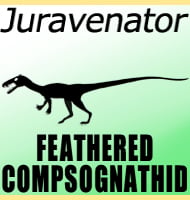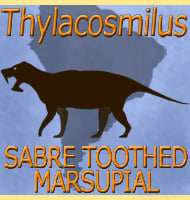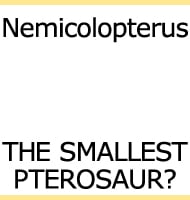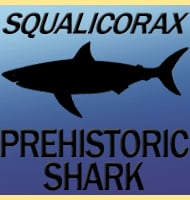In Depth
Liaoningosaurus is named after the Liaoning Province of China, which is where the holotype remains were found. The species name L. paradoxus came about from the mix of nodosaur and ankylosaur features in the specimen. In fact the original classification of Liaoningosaurus was that of a nodosaurid, but today it is actually regarded as an ankylosaur, the underdevelopment of ankylosaur features being explained away as still developing since the holotype is of a juvenile dinosaur.
Not only is Liaoningosaurus the smallest complete ankylosaur specimen found, it also reveals the presence of ventral plating that would have protected the belly from attack. Such plating is virtually unknown in other ankylosaur genera, either not being preserved or simply not existing at all. It would be interesting to find a fully grown and complete adult specimen to see it the ventral plating was still there, and not just a feature of small juveniles which would have been much easier to flip over than larger and heavier adults.
One big problem with Liaoningosaurus is that because the body was still developing, it is impossible to know the precise form of the adults. This makes it hard to establish the evolutionary relationship of Liaoningosaurus with other ankylosaurs since we don’t know how far the features seen in the juvenile would develop. Thinking at the time of writing suggests that Liaoningosaurus was a basal ankylosaurid, something that is supported by its appearance in the early Cretaceous.
A 2016 study (Ji et al), revealed that what seem to be fish remains were located within what would have been the gut of this individual dinosaur. Further they speculated that that Liaoningosaurus may have at least been partially aquatic.
Further Reading
- A juvenile ankylosaur from China, Xu Xing, Wang Xiaolin & You Hailu - 2001. - Phylogeny of the ankylosaurian dinosaurs (Ornithischia: Thyreophora), Richard S. Thompson, Jolyon C. Parish, Susannah C. R. Maidment and Paul M. Barrett - 2011. – Fish-hunting ankylosaurs (Dinosauria, Ornithischia) from the Cretaceous of China. – Journal of Geology, 40(2). – Q. Ji, X. Wu, Y. Cheng, F. Ten, X. Wang & Y. Ji – 2016.


